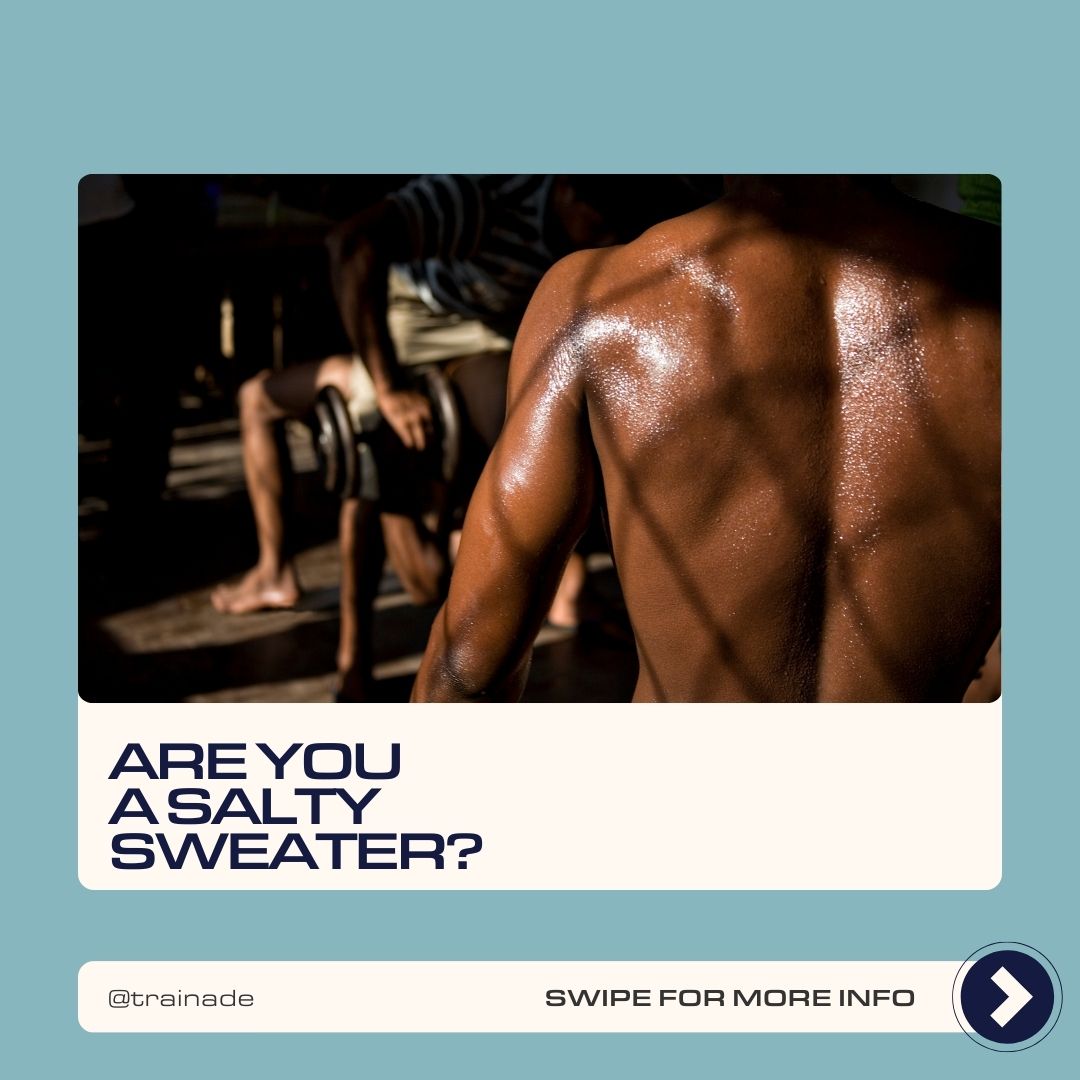How to tell if you are a low, moderate, or high salt sweater?
To stay hydrated properly, it is important to understand that we all sweat differently and at varying rates. It is imperative to distinguish between sweat rate and sweat concentration to curate a hydration plan tailored to our specific needs.
- Sweat Rate: This can usually be determined and calculated using the following formula: sweating rate = pre-exercise body weight - post-exercise body weight + fluid intake - urine volume/exercise time in hours. The sweat rate is usually measured in milliliters per hour.
- Sweat Concentration: This concerns itself with the amount of salt one loses while sweating. It is all about the electrolytes lost in our sweat, in particular sodium.
Most athletes seem to have a solid understanding of sweat rate, as one can visibly tell when their sweat rate was particularly high after an intensive workout based on how much they were sweating. On the contrary, athletes seem to be more confused when it comes to sweat concentration.
One thing to keep in mind is that your sweat rate is largely driven by external factors such as the temperature of the environment you're working out in, as well as how physically intensive your workout is. Hence our sweat rate can vary greatly. On the other hand, our sweat concentration has a lot to do with our genetics and is more consistent regardless of external stimuli.
Though regular water may be adequate for most people to rehydrate themselves, those who engage in high-intensity exercises such as athletes, particularly salty sweaters, may need electrolyte drinks or supplements to replenish their body properly.
To determine whether or not you're a salty sweater, we have listed a number of signs that would suggest you are a salty sweater.
Salt Stains
If you see salt marks on your workout kit after a workout, chances are you are a salty sweater. However, it is important to consider factors such as:
- The color of your kit: stains are more prominent on darker kits
- Humidity: salt stains are more visible when the air is dry, and sweat dries more quickly
- Swimming: If you swam in the sea, the salt stains are more likely a result of the seawater
- Higher sweat rate: The stains could be a result of how excessively you sweat, which still, however, warrants replenishing with an electrolyte drink
Stinging During workouts
If you experience a burning sensation in your eyes during workouts while sweating or anywhere else, such as cuts—it is safe to say that your sweat concentration is high. The sweat tends to taste salty also.
Muscle Cramps
If you find yourself suffering from an unreasonable amount of muscle cramps during and after a sweaty workout, the chances are that this may be a result of a salt loss.
Craving Salty Foods
Much like experiencing thirst, your body gives cues for when it lacks salt. Salt cravings occur because salt is highly important for integral bodily functions such as homeostasis. Hence, craving salt after a workout is most likely a sign of a sodium deficit.
Fainting Sensation
If you often find your head spinning after a workout, it results from your body being unable to get blood to the brain quickly. This fainting sensation is usually due to dehydration and if this occurs after attempting to replace fluid, you may have lost more salts than you replaced.
Difficulty Exercising in the Heat
If you find yourself consistently underperforming and feeling below average after a workout in high temperatures, then your recovery may be impaired due to inadequate replacement of the electrolytes lost during training.
Trainade Hydration is an oral electrolyte solution specifically designed to replace fluid in your body in the most efficient way possible. It is completely vegan, dairy and gluten free and is naturally sweetened with monk fruit, making it much more gut friendly than other electrolyte solutions.

